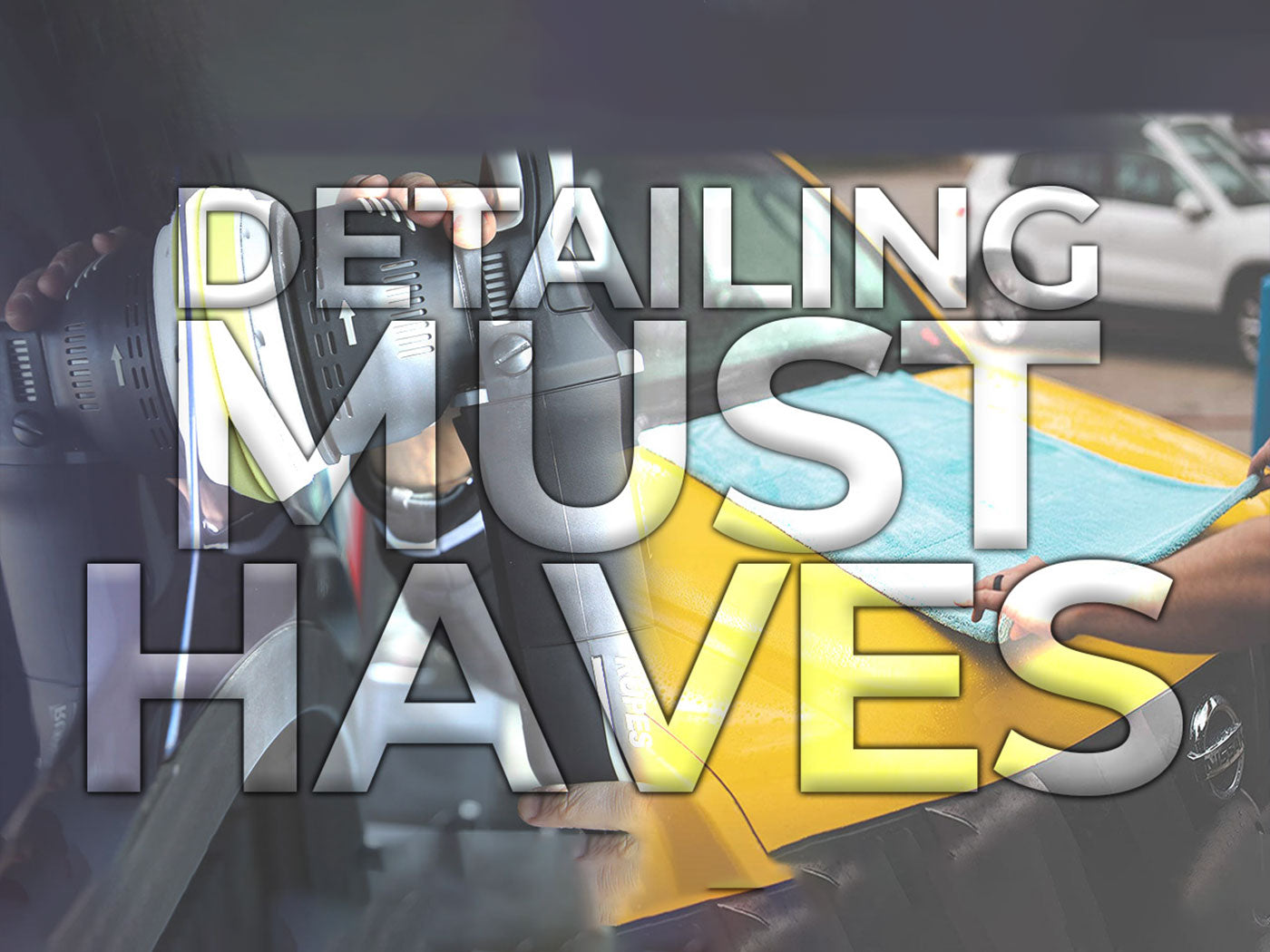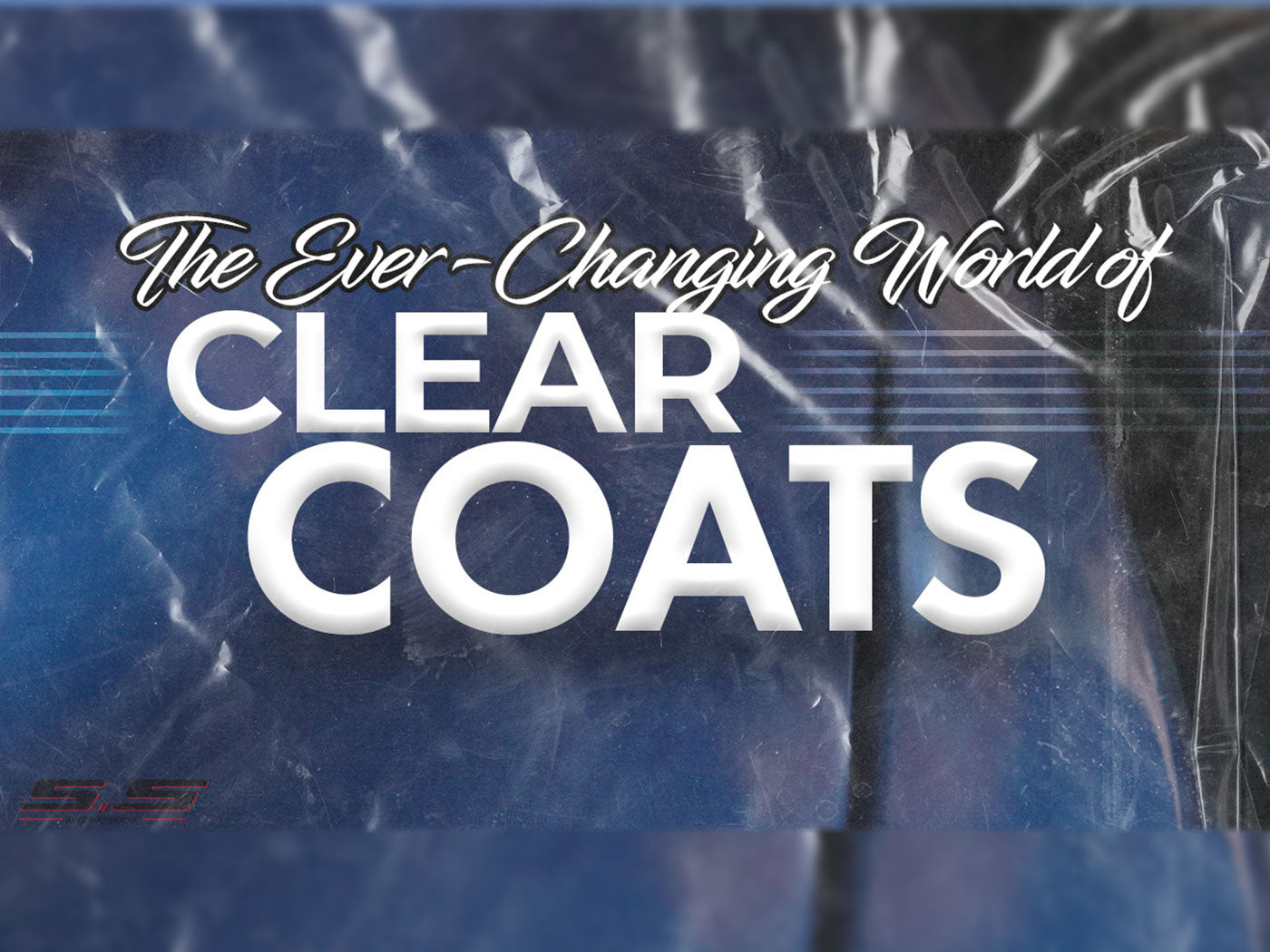Maintaining the pristine appearance of your vehicle goes beyond regular washing and waxing. Over time, your car's paintwork can accumulate bonded contaminants like industrial fallout, tree sap, and stubborn road grime that cannot be removed through traditional washing methods alone. This is where clay bar treatment and decontamination come into play. In this blog, we will delve into the world of clay bar treatment and decontamination, exploring the benefits, process, and tips for achieving a truly clean and smooth surface.
Understanding the Need for Clay Bar Treatment
Even with regular washing, microscopic contaminants can embed themselves into the paint surface, leading to a rough or gritty texture. These contaminants not only compromise the smoothness and appearance of the paint but can also hinder the performance of subsequent detailing processes like polishing and waxing. Clay bar treatment offers a solution by effectively lifting and removing these stubborn contaminants, leaving behind a perfectly clean and decontaminated surface. Without a clay or decon treatment, buffing a car is nearly impossible as all the surface contaminants will leave scratches and marring as well as turn any buffing pad into a sanding disc!
The Plastic-Bag Test
1. Wash your car thoroughly with soap and water removing all visible dirt and grime.
2. Take gallon size plastic Ziploc bag and place your hand into it.
3. Run the back of your hand across the surface of the vehicle, you will feel a sand like texture of all the road grime and contaminants that are still left on your vehicles paint!
4. Perform after clay treatment and really feel the difference!
The Basics of Clay Bars

Clay bars are pliable bars made from a mixture of clay and other materials. They work by gently grabbing onto contaminants as they glide across the surface of the paint. The clay bar's sticky texture allows it to pull out embedded particles, leaving the paint feeling smooth to the touch. Clay bars are available in different levels of aggressiveness, ranging from mild to aggressive, depending on the severity of contamination and the condition of the paintwork. You always want to use a clay safe lubricant such as Showroom Shine from Stinger Chemicals or Spray Detailer from 3D. These chemicals are made for clay bars and will not break down the clay after use.
The Clay Bar Treatment Process
a. Preparation: Start by thoroughly washing and drying your vehicle to remove loose dirt and grime. This ensures that the clay bar focuses on embedded contaminants rather than surface debris.
b. Lubrication: Spray a generous amount of clay lubricant or quick detailer onto a small section of the paint surface. The lubricant creates a slippery layer that allows the clay bar to glide smoothly without marring the paint.

c. Clay Bar Application: Flatten the clay bar into a small, manageable piece. With light to moderate pressure, gently glide the clay bar back and forth across the lubricated surface in straight lines or overlapping motions. The clay will pick up the contaminants as it moves. Fold and reshape the clay bar regularly to expose a clean surface.
d. Inspection: After working on a section, wipe away any residue with a microfiber towel and inspect the surface. If needed, repeat the clay bar treatment until the paint feels smooth and contamination-free.
e. Rinse and Dry: Once the entire vehicle has been clayed, rinse the car to remove any remaining lubricant. Dry the vehicle thoroughly to prepare for further detailing steps. DON'T FORGET TO STORE YOUR CLAY BAR PROPERLY. Clay bars pick up contaminants on any surface, drop a clay bar and you might as well throw it in the garbage!
Tips for Successful Clay Bar Treatment
-
Work in small sections: Divide the vehicle into manageable sections to ensure thorough treatment and prevent the clay bar from drying out.
-
Keep the surface lubricated: Regularly apply clay lubricant or quick detailer to maintain a slippery surface, preventing the clay bar from sticking or scratching the paint.
-
Use proper technique: Apply light to moderate pressure and let the clay bar do the work. Avoid pressing too hard, which can potentially cause marring or damage.
-
Regularly assess the clay bar: As the clay bar picks up contaminants, it may become less effective. Replace or reshape the clay bar as needed to ensure optimal performance.
-
Follow up with paint correction and protection: After clay bar treatment, consider polishing the paint to further enhance its appearance. Follow up with a protective wax or sealant to seal in the newfound cleanliness and smoothness.
Conclusion
Clay bar treatment and decontamination offer a crucial step in achieving a truly clean and smooth paint surface. By effectively removing embedded contaminants, the process prepares the paint for further detailing steps, resulting in enhanced gloss, improved paint correction, and extended protection. Remember to follow the proper techniques, use quality clay bars and lubricants, and regularly assess the condition of the clay bar during the treatment process. With the power of clay bar treatment, you can unveil the true beauty of your vehicle and ensure a flawless finish.
If you stayed for the end of this article then here is a great tip for having to clay mutliple cars. Look into clay alternatives such as;
Clay Mitts
Clay Scrubbers
& Clay Discs!
Looking for the complete clay solution for your detailing shop? Follow this link!



